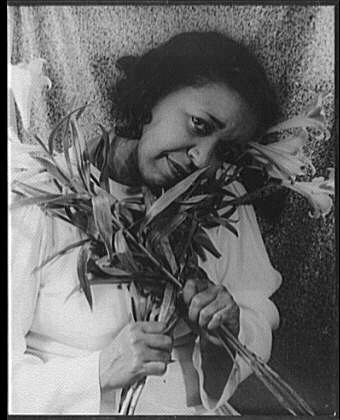Both
Dorsey Brothers were major figures in the development of jazz music and
especially, swing. Tommy Dorsey is the man who gave a young Frank Sinatra’s
burgeoning career a major boost.
Thomas
Francis Dorsey Jr. was born in Shenandoah, Pennsylvania, in 1905. He was the
younger brother of Jimmy Dorsey, who was born in Shenandoah the previous year.
Both brothers would become huge big band music stars. Both boys studied music
as children, with Jimmy playing saxophone, trumpet and clarinet, while Tommy
concentrated on trombone. At Jimmy's
recommendation, 15-year-old Tommy replaced Russ Morgan in the Scranton Sirens.
The
brothers worked with many bands during the Twenties including a stint with the
Paul Whiteman Orchestra, before recording their first side “Coquette,” on the Okeh
label in 1928. They were signed to Decca Records in 1934, and enjoyed a major
hit with “I Believe in Miracles.”
Conflict between the brothers, which at times escalated to fistfights, resulted in Tommy dissolving the partnership and forming his own orchestra in 1935. Teaming up with former members of the Joe Haymes Orchestra, he signed with RCA/Victor in 1935 and released the first in a string of major hits, “On Treasure Island.”
In 1940, Tommy Dorsey acquired Frank Sinatra from The Harry James Orchestra, resulting in more hits and the establishment of Sinatra as a star.
During the Forties, Tommy Dorsey’s orchestra featured some of the best musicians in swing such as Bunny Berigan and Gene Kroupa. Jimmy Dorsey dissolved his own band in 1953, and joined Tommy’s band, with the two becoming “The Dorsey Brothers” once more.
In 1956, Tommy Dorsey died of choking. His former orchestra has continued into the 21st century, with Jimmy Dorsey taking charge until his death, in 1957.
Conflict between the brothers, which at times escalated to fistfights, resulted in Tommy dissolving the partnership and forming his own orchestra in 1935. Teaming up with former members of the Joe Haymes Orchestra, he signed with RCA/Victor in 1935 and released the first in a string of major hits, “On Treasure Island.”
In 1940, Tommy Dorsey acquired Frank Sinatra from The Harry James Orchestra, resulting in more hits and the establishment of Sinatra as a star.
During the Forties, Tommy Dorsey’s orchestra featured some of the best musicians in swing such as Bunny Berigan and Gene Kroupa. Jimmy Dorsey dissolved his own band in 1953, and joined Tommy’s band, with the two becoming “The Dorsey Brothers” once more.
In 1956, Tommy Dorsey died of choking. His former orchestra has continued into the 21st century, with Jimmy Dorsey taking charge until his death, in 1957.
Compilations
of the Dorsey Brothers recordings and those of the bands of Tommy and Jimmy
Dorsey are easily found.















